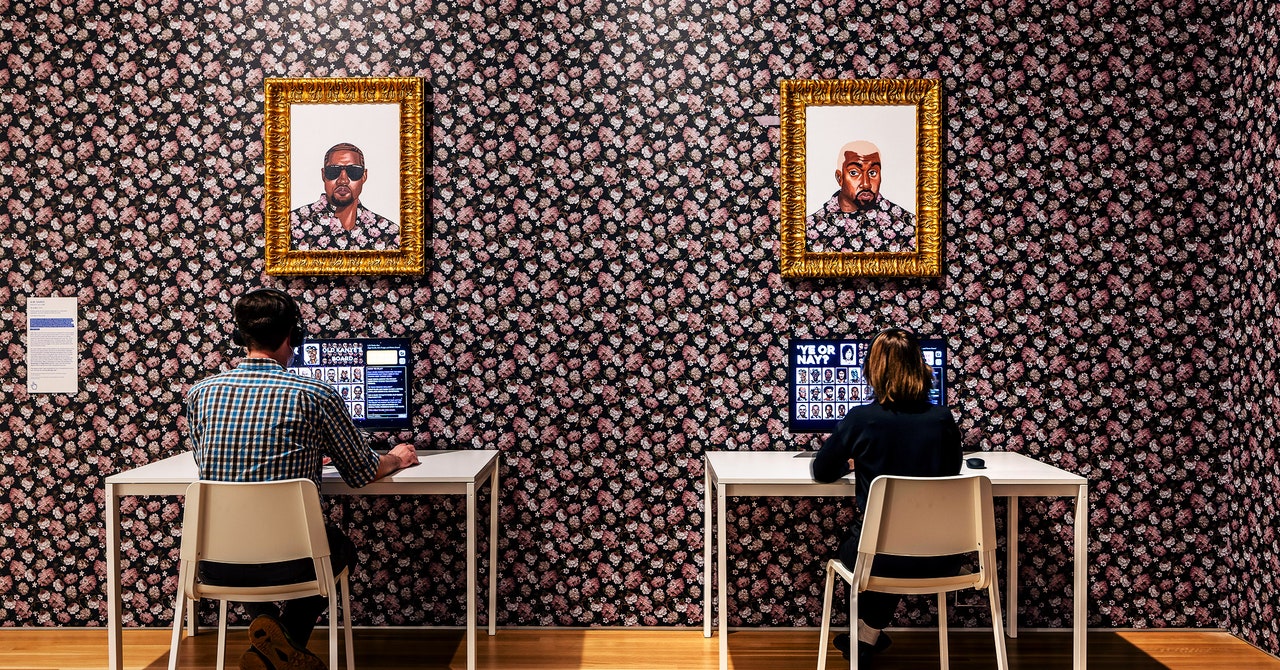
As I wandered through the exhibition Difference Machines: Technology and Identity in Contemporary Art, my mind felt like it had been hit by several lightning strikes. This exhibition, currently at Chicago’s Wrightwood 659 gallery, showcases the work of 17 artists who have been working in digital spaces for decades, focusing on how the digital world has impacted our collective sense of identities, from race and gender to the surveillance state.
But what struck me were the artists using video games in their work. For decades, debates have raged over the role of video games in society: Are they art? Are they dangerous? Meanwhile, artists have been using video games in their work. Some artists create actual video games; others record films within a video game, creating movies called machinima.
Various artists have staged artistic interventions within games, and others still have used video game references in their art. And then there is the whole genre of fan art. And of course, there are video games that are art themselves.
However, it has taken the art establishment some time to catch up. Tina Rivers Ryan, curator of the exhibition and the Buffalo AKG Art Museum, explains by email that for digital art as well as video game art, “the art world continues to struggle with finding the aesthetic or cultural value (let alone market value) in digital art more broadly.” There are challenges with displaying video game art since “you have to consider questions that don’t come up with traditional artwork: What’s the appropriate scale for the work? Should the experience be individual or collective, private, or public?” Ryan says.
Slowly but surely, some institutions are starting to recognize the artistic value of video games. Notably, the Museum of Modern Art in New York has had at least two exhibitions (including the 2022-2023 exhibition Never Alone) on video games and began acquiring games in its collection in 2012, focusing on the design aspect. It has 36 video games in its archives and is aiming to get 40.
So the jury is in. Video games can be art. The better question now is how contemporary artists can and are using video games in their work.
In and Out of Your Comfort Zone
A.M. Darke, exhibiting artist and assistant professor of art and design for games and playable media at UC Santa Cruz, explains that one of the powerful aspects of video games is that they “invest you as a participant and an agent in those stories.” You don’t just witness or consume games, especially interactive ones. You actively make choices in the game.
Darke plays with the “magic circle” of games in his art. The magic circle is a safe container where “certain things can happen that do not impact you.” For instance, if you see a friend play Grand Theft Auto, you don’t assume they will kill people and steal cars in the real world. “But I design pieces that intentionally break the magic circles, so that the actions you take in the game, the experiences, [the knowledge and perspectives] you’re confronted with, is something that remains with you.”






